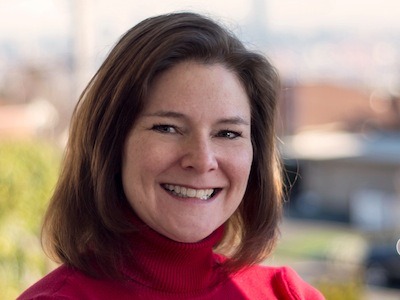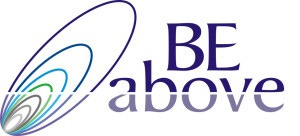
Michele Goedde is a coach and graduate of both our Advanced Coaching Series (NCTC) and Train the Trainer programs, and works largely with corporate leaders in the high-tech space. Though she is a relatively recent graduate (February 2018), she has already noticed a profound change in the conversations she’s been having with clients. “Things like energy, feelings, consciousness and awareness are much more accessible when you can connect them to the brain. It’s a whole somatic experience that you can have with the client that I didn’t have as much luck with before my training.”
According to Michele, the neuroscience angle has opened the door to not only deeper communication, but faster and longer-lasting change for her clients.
Tell us a bit about your work.
I am a Leadership Coach and Managing Partner of Coppei Collective. We work mostly with high-tech leaders in large companies with a focus on people leadership coaching.
When did your training with BEabove take place? How long have you been using it in your work?
I started training in January 2018 in the Neuroscience, Consciousness and Transformational Coaching program (BEabove’s advanced coaching program for experienced coaches), and then I completed the Train the Trainer series in February of the same year.
What drew you the BEabove training?
I have always had an interest in the brain and the science behind change. I got a taste of that in grad school while I was studying behavioral science and it always stuck with me. When I learned that applying the science behind change was an approach for coaches, I was intrigued, but there was really nothing out there to learn in a deep way. BEabove made it so clear and easy to know how to apply it with tools, the Seven Levels, etc.
Soon after I began the NCTC course, I knew that I wanted to do Train the Trainer because I knew there was potential to take this into team training. I knew this was something that was really different in the team training space. Most other leadership training approaches are similar, but this is different.
What is the unique way that you are using neuroscience, NCTC work?
It’s something I lead with when I’m pitching to a potential new client. The science behind change is appealing to folks. Acknowledging that change can be challenging is a great place to start, and following that with the neuroscience element draws folks in.
The biggest thing I find in this work is that it takes the judgment and character flaw out of being human. Saying “let’s talk about your brain” takes the judgment away from the tricky stuff they’re dealing with. It generally ensures that people are open, not closed, and creates hope that they actually can change. It has taken coaching from a nice conversation to me saying “I feel confident that if you are wanting to change, I have something that will really work for you.”
Part of my goal of leading with the neuroscience piece is that it’s something clients can continue to leverage on their own without me. Real change means that someday they won’t need me. I can confidently say to somebody that this will lead you to real change.
What has had the biggest impact on clients?
This awareness of “above the line” and “below the line”. There are a lot of people that are just unaware of what it’s like to experience someone below the line. Being curious about where somebody is coming from is the biggest “aha” I hear from people. And then knowing what their next step is as a leader when someone is below the line is – across the board – the most helpful practice I have shared with clients.
How has this learning enabled you to go to places you would have otherwise been unable to go?
This training has made it easier to have conversations with folks in corporate leadership roles about energy, feelings, body awareness, etc., and those are places that you often meet resistance in corporate coaching.
The other thing I’ve noticed is that things like energy, feelings, consciousness and awareness are much more accessible when you can connect them to the brain. It’s a whole somatic experience that you can have with the client that I didn’t have as much luck with before my training, but people are far more open when you incorporate it with the brain chemistry. It opens up a whole new conversation that people are willing to have.
Learn more about Michele’s work here.
